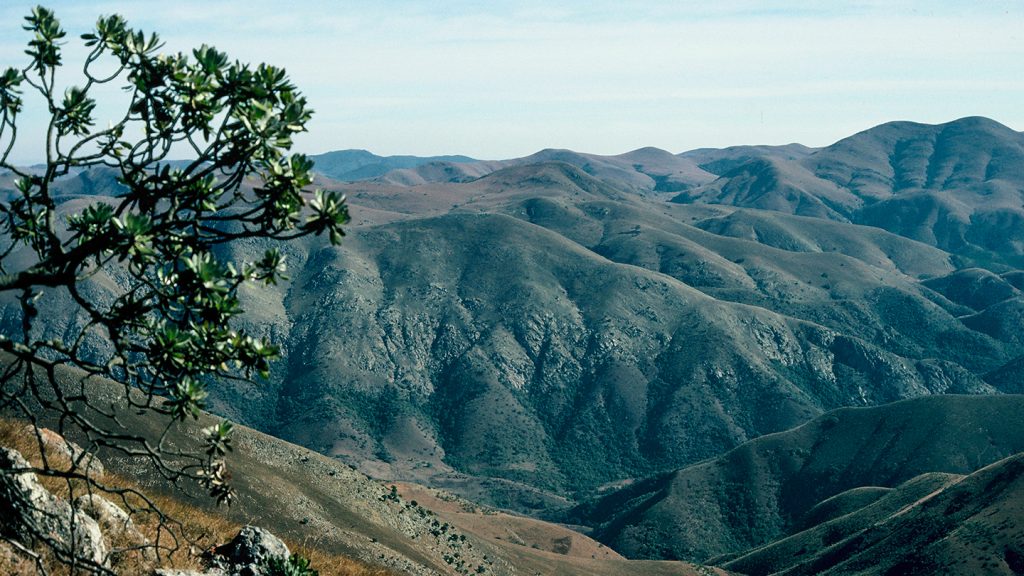The study of rocks in South Africa has revealed evidence of ancient submarine landslides that suggest the occurrence of a powerful earthquake caused by plate tectonics over 3 billion years ago. This finding raises the question of when plate tectonics, the movement of Earth’s crustal pieces, first emerged, a topic of ongoing debate among geologists. Some argue that plate tectonics began around 2.8 billion years ago, while others believe it dates back much earlier, possibly at the beginning of Earth’s history.
Geologist Timothy Kusky is a proponent of the theory that plate tectonics has existed for as long as the oldest preserved rocks on Earth. The discovery of evidence supporting this view in the rocks of South Africa lends credibility to the idea that plate tectonics may have played a significant role in Earth’s geological processes far earlier than previously thought. The study’s findings challenge the widely held belief that plate tectonics emerged relatively recently in Earth’s history.
The study found similarities in the rock formations of South Africa and New Zealand, indicating traces of giant submarine landslides that typically occur as a result of megathrust earthquakes caused by the collision of tectonic plates. Subduction, the process of one plate thrusting over another, can lead to powerful earthquakes like those that struck Indonesia in 2004 and Japan in 2011. The presence of rocks showing signs of submarine landslides in both locations suggests that a similar seismic event occurred in South Africa over 3 billion years ago.
Geologist Cornel de Ronde and Simon Lamb noted a resemblance between the rock layers in South Africa and New Zealand, pointing to indicators of giant submarine landslides. These signs, typically associated with plate tectonic activity, provide compelling evidence that a powerful megathrust earthquake linked to plate boundaries occurred in the Barberton Greenstone Belt in South Africa billions of years ago. The comparison of these rock formations has deepened the understanding of early Earth processes related to plate tectonics and seismic events.
While the study offers some of the earliest evidence for giant subduction megathrust earthquakes, not all geologists are fully convinced. Richard Palin from the University of Oxford suggests that the initiation of plate tectonics may not have been a uniform process globally, instead occurring at different times in various regions of the planet. The complex nature of plate tectonics and seismic events makes it challenging to pinpoint the exact onset of these geological processes with certainty, highlighting the need for further research and fieldwork to unravel the mysteries of Earth’s ancient history.
Overall, the study sheds light on the early geological events that shaped Earth’s crust and influenced the development of plate tectonics. By examining ancient rocks for evidence of past seismic activity, scientists can piece together the puzzle of Earth’s geological evolution and better understand the forces that have shaped our planet for billions of years. The findings contribute to ongoing debates in geology and provide valuable insights into the history of plate tectonics and its impact on Earth’s geological processes.


